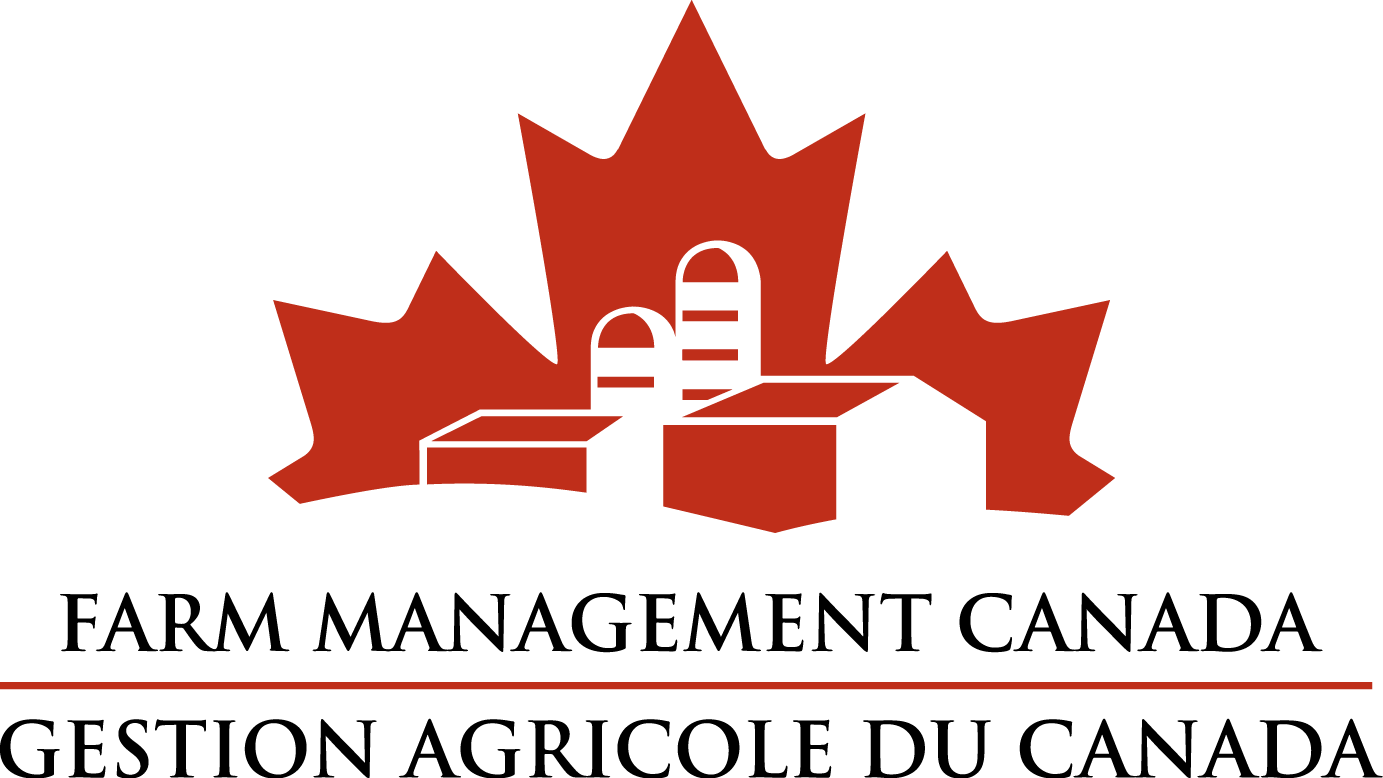Successful business people know that a dollar saved is worth more than a dollar earned. Think of farm safety risk management the same way. A loss prevented is worth more than increased production.
To help producers manage their farm safety business risks, a management tool called the Canada FarmSafe Plan has been developed by the Canadian Agricultural Safety Association (CASA). A free download of the core Canada FarmSafe Plan is available at www.planfarmsafety.ca .
The Canada FarmSafe Plan supports the theme Plan • Farm • Safety, a three-year focus for the Canadian agricultural safety campaign. In 2012, emphasis was on "Safety" including assessment, improvement and further development of safety systems. In 2011, the focus was on "Farm" including implementation, documentation and training. In 2010, the campaign promoted "Plan" featuring safety walkabouts and planning for safety.
The year-long “Safety” campaign was launched with Canadian Agricultural Safety Week (CASW). The Canadian Federation of Agriculture (CFA) and CASA deliver CASW in partnership with Farm Credit Canada (FCC) and Agriculture and Agri-Food Canada through Growing Forward, a federal, provincial, territorial initiative.
“The Canada FarmSafe Plan is an excellent tool to help Canadian farmers take the risk out of safety risk management,” says Marcel Hacault, CASA executive director. “It’s a living document that is readily adaptable for any type of farm operation in Canada.”
“Agriculture matters and safety is a big part of FCC’s commitment to the industry,” says Rémi Lemoine, Vice President and Chief Operating Officer of FCC. “This is a great initiative and we encourage all producers to undertake safety planning to ensure not only the long-term success of their own operation, but the safety of those closest to them – their families and employees.”
Risk management encompasses four areas of health and safety risks to a farm business: prosecution, economic loss, commodity loss and human resource loss.
Prosecution is legal action that can occur at three levels – regulatory, civil and criminal. Regulatory action refers to provincial occupational health and safety regulations that, in the case of an incident, puts the onus on the business owner-operator to prove all possible preventative measures were taken. Civil action could be taken by the injured party if it is believed that the employer failed to provide a safe work environment. Criminal liability sets out legal duties for workplace health and safety and can assign penalties for violations that result in injuries or death.
Economic loss is the second business risk. Canadian Agricultural Injury Reporting (CAIR) has determined the average costs of workplace injuries are $275,000 for a fatality, $143,000 for a permanent disability, $10,000 for hospitalization and $700 for non-hospitalized injuries. An incident could also cause thousands of dollars of damage to machinery and property.
Commodity loss is the third business risk. Depending on the type of incident, this may include loss of livestock, crops or buildings, lost productivity and down time, and loss of optimal opportunity such as for planting or harvesting.
And finally, human resource loss is a significant risk to any agricultural business. In addition to the pain and suffering of the affected person, there can be a significant impact on the well-being of employees with added work pressures, finding and training a replacement worker, and administrative and possible legal paperwork related to the incident.
A little risk management planning can go a long way in ensuring a successful farm operation.
